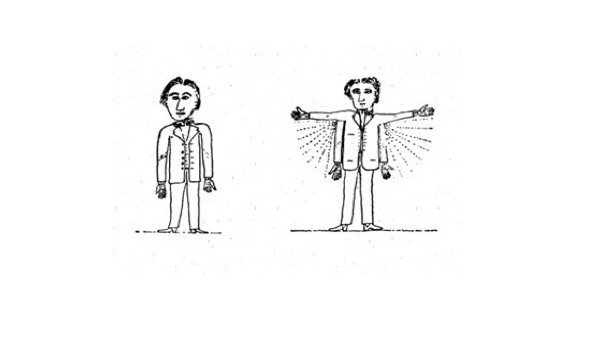Looking into ways to educate others on User Centred Design, without wanting to develop a Uni course, I came across 52weeksofux.com featuring Joshua Brewer and Joshua Porter. I like the way these two senior UX Directors have described different aspects and views on UX and recorded their posts over the course of 1 year, or 52 weeks. Because it is quite a big read, but very valuable nonetheless, I will summarise their posts in 5-week-parts.
This is a summary of Week 1 – 5
Week 1
Joshua Brewer states the first rule of UX: Everything a designer does, affects the user experience. From purposeful addition to negligent omission, from design elements to the language for messaging – every decision influences the people we design for.
Joshua Porter describer what UX is. User experience spans multiple practices. To explain this, Joshua Porter uses the example of architecture. If an architect were hired to create a great user experience, they wouldn’t stop at the structure in which people live. They would pay attention to the surrounding greenery, the arc of the driveway, the views of the property at each angle…maybe even the way guests are greeted and the table is set. All of these touch-points are important parts of the larger system…the house is merely one piece of the puzzle.
With those multiple touch-points in mind, it’s a shame when one part of the experience is top notch and another is dreadful. Cohesion is important.
Week 2
Joshua Porter described the novelty trap. The novelty trap is when, in an attempt to dazzle our clients and our users, we focus too much on the new and not enough on the now.
You provide great user experiences, by alleviating the well-known pain points that already exist in the world. Jetblue, for instance, added personal viewing screens to the seat-backs in their airplanes. None of the technology was new, but the experience of being in control of your in-flight entertainment was.
So, when trying to articulate the problem to be solved, focus on the now, not the new.
Joshua Brewer writes about solutions (design) being easy if you know the problem. Quite often, it means eliminating one’s own assumptions and applying problem-solving techniques in order to truly identify the problem area.
An actionable problem statement will help guide the process of creating an experience that meets or exceeds the target users expectations.
As Bertrand Russell said, “The greatest challenge to any thinker [designer] is stating the problem in a way that will allow a solution.”
Week 3
Joshua Porter describes one of my fundamental beliefs: Experience cannot be captured in a deliverable.
Deliverables are divorced from delivery. The end user never interacts with the deliverables of a designer, as they are not the final product or service that is delivered. They are merely artefacts of the design process. But too often these deliverables are the last line of contact for designers, after they hand it off to implementers.
So to truly be a UX designer, truly concerned with the experience of the people who use our product/service, we must have a longer scope. We can’t stop at deliverables. We will have to infiltrate the world of our team members … to extend through delivery.
Joshua Brewer talks about sketching in this week’s writing.
The sketch is not the end goal. The end goal of the drawing process is what you learn while sketching. So don’t worry if you can’t sketch. Sketching allows you to explore and refine ideas in a quick, iterative and visual manner with little overhead or learning curve. It allows you to share your ideas, collaborate on them and improve. In the end, you will gain a deeper understanding of the problem you are trying to solve.
Porter also agrees that sketches are super important to early design synthesis and that it doesn’t matter if you ‘can’t’ sketch. Because they are valuable for a very short period of time only. Design, implement, iterate, move on. Record the learning, but don’t judge the sketch, judge the resulting experience.
Week 4
Joshua Brewer says to embrace constraints as they fuel creativity and create a compelling experience.
The imposition of constraints can lead to great design decisions. Limitations often force you to view things from a perspective you are not accustomed to and, in turn, can stimulate the clarity and purpose of the design, rather than debilitate and hinder your creative process.
Porter describes the Ipad, just as it comes out and how people thought it was a setup for failure due to lacking functionality. But obviously (and we can see that more clearly now) the iPad is attractive to some target audience.
As designers and critics we must get out of our own head. Subjectivity, our inability to see as others do, can be a cruel master.
Week 5
Brewer states something that is an obvious fact to a UX designer: Just because something looks good doesn’t mean it’s useful. And just because something is useful does not make it beautiful.
At the same time as considering the actual purpose of the design, a designer should understand that even the most utilitarian product can benefit from subtle, refined aesthetic treatments and turn what is a dull and boring, yet necessary, task into something enjoyable and engaging.
The most elegant solution will yield a design that is gracefully tempered with restraint and precision—both useful and beautiful.
Joshua Porter describes what designers are like. The one characteristic that separates designers from others is action. They make stuff that didn’t exist before. They don’t just imagine something better and then talk themselves out of it. Instead, they act.













